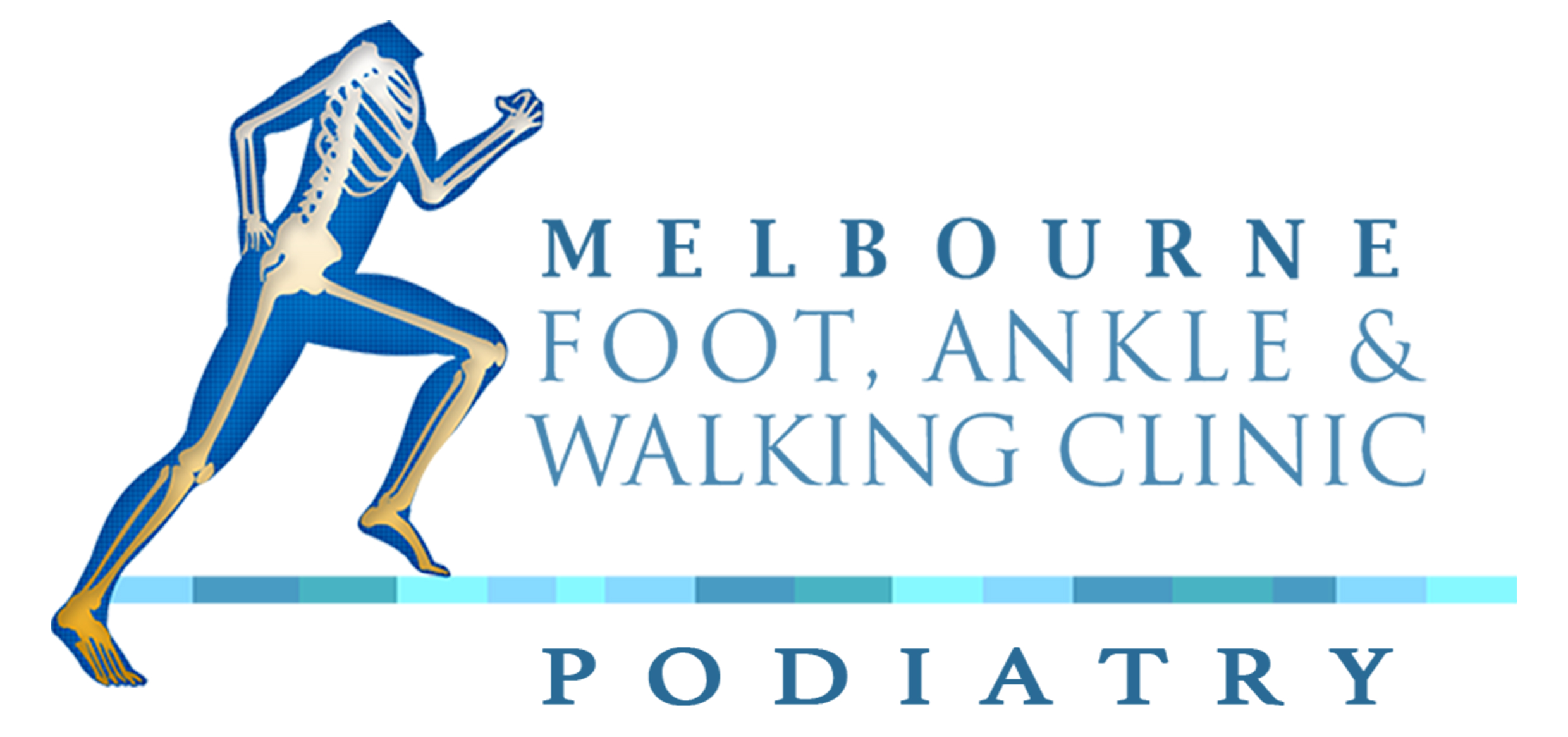What is In Toe in children?
In Toe often referred to as pigeon toed is when children walk with their feet turned in.
Should I have my child assessed if they are pigeon toed?
If you have noticed in toe in a child, even if it no longer appears present, or it seems to have fixed all on its own, then we strongly recommend a thorough assessment. There are several different causes for in toe or out toe, most of which will be problematic later in life.
What causes it?
It can be caused from problems within the foot, ankle, shin, thigh, hip or the pelvis and lower back and therefore needs to be assessed with one of our podiatrists to determine the cause. If the alignment is not correct, then their little bodies will compensate as best they can to correct the anomaly themselves. This will likely cause postural problems as an adult. Some causes can be from the positioning in the womb.
How do their little bodies compensate?
We liken their compensation to an adult who is carrying a very heavy bag on one side of their body. The adult will compensate using muscles and joints, so they do not lean to one side. In most cases this compensation is fine for 20 to 30 minutes, however if an adult had to carry a very heavy bag on one side of the body for the rest of their life, it will most likely cause postural problems.
Likewise, if a child is in toed, they may be compensating for something else that needs to be addressed, or equally as important, they maybe compensating for the in toe and the problem is actually much worse than it appears.
Why does it need to be assessed if it appears to have fixed itself?
To use the example of more commonly known conditions like mild Scoliosis, Lordosis or Kyphosis of the spine, these conditions often go undetected until pain in the region is experienced and a thorough examination is undertaken by a qualified practitioner. The earlier the diagnosis, the easier it is to treat.
If a child has walked in toed in the past, then it is possible that the problem still exists, and they are compensating. There is nothing to be lost by having an assessment from one of our podiatrists, if there is nothing wrong then that is the best-case scenario. If on the other hand, there is a problem, the earlier it is detected, the easier it is to treat.
What is the treatment for In toe?
Management for in toe gait may include stretching and strengthening programs, footwear, custom made orthotics and coordination techniques such as using a wobble board. It is best to get an assessment from a podiatrist to get the correct management.
